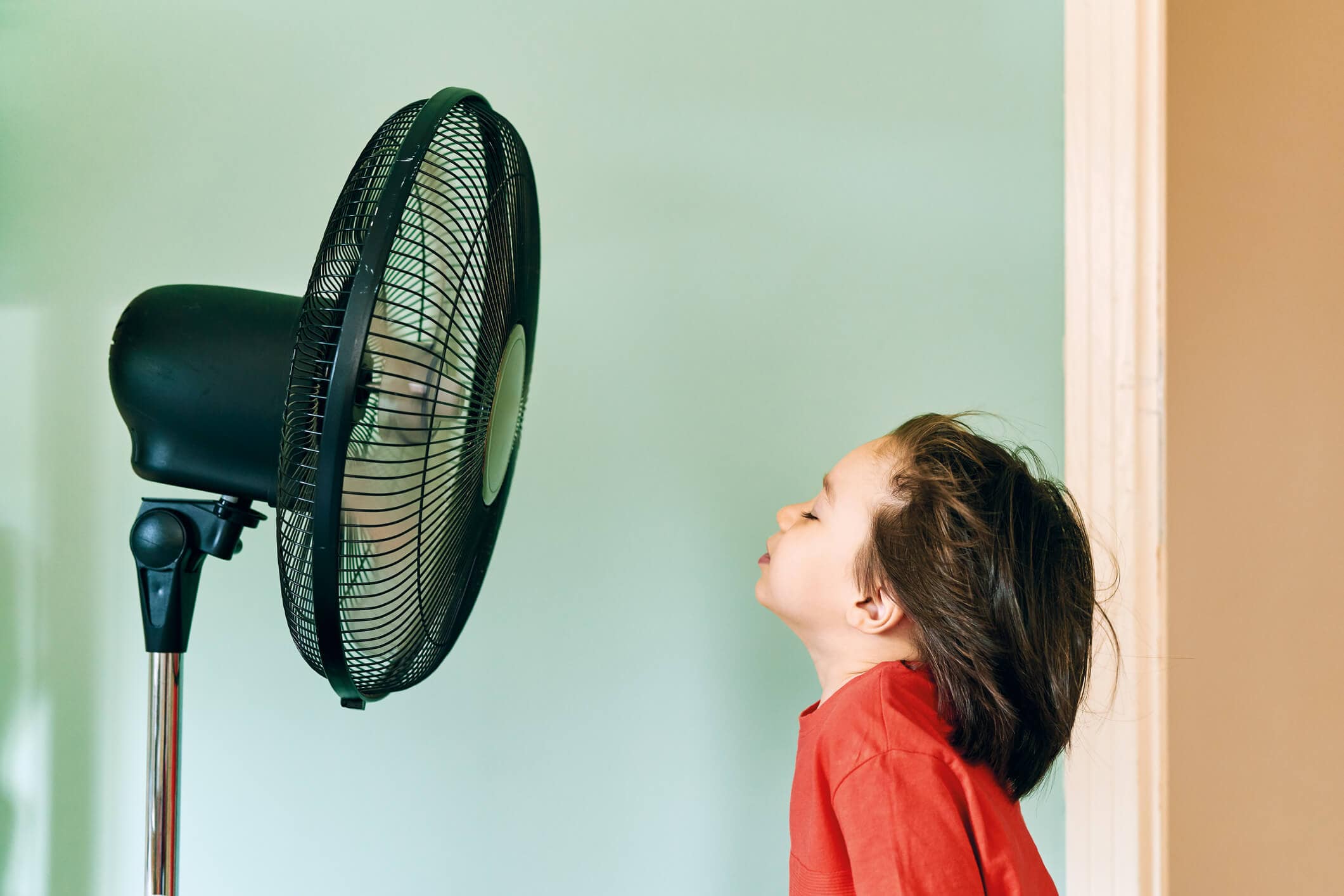Temperature is a tricky thing to master, and that couldn’t be truer than in the average home. Many factors contribute to the different temperatures throughout your home, including its number of stories, sun exposure, amount and type of windows, number and location of air vents, and more.
Fortunately, there are multiple ways to get rid of hot and cold spots throughout your home and create a more consistent, comfortable living space. Learn more below!
WHAT CAUSES UNEVEN TEMPERATURES IN HOMES?
As mentioned above, there isn’t just one thing that causes uneven temperatures in homes. There are typically multiple factors at play.
Multiple Stories
Ever wonder why it’s always warmer upstairs than downstairs? This is because hot air rises. Air is a mixture of gases. The hotter a gas gets, the less dense it gets, which allows it to rise above denser, colder gas.
Windows Lacking Energy-Efficient Upgrades
Windows cannot contain the insulation that your walls and attic can. Therefore, a lot of heat can be transferred through standard windows with no energy-efficient upgrades. Keep in mind, heat will always “travel” towards spaces where there is less heat. So during summer, heat will “want” to move into your cooler home from the hot outdoors. During winter, heat will want to move from your warm and cozy home to the chilly outdoors.
Uncovered windows can also allow sunlight in, and that sunlight can make a room hotter. In fact, 76 percent of the sunlight falling through a standard, double-pane window will become heat inside your home.
Air Leaks
Air leaks allow hot or cold air to escape to areas where you don’t want it to go. They make your HVAC system’s job harder and can make it difficult to control the temperature in particular areas around your home.
Common locations for air leaks include:
- Air ducts
- Around air vent registers
- Window and door frames
- Electrical outlets and switch plates
- Baseboards
- Attic hatches
- Wall- or window-mounted air conditioners
- Holes for cables, wires, or pipes
- Fireplace dampers
- Fans and vents
Struggling HVAC equipment
There are multiple reasons why your HVAC equipment may be struggling to properly cool or heat your home.
- The equipment may be overdue for a tune-up. Lack of maintenance guarantees a decline in system performance.
- The system might need to be replaced. If your system is around 10-15 years old, it might be too old to keep up with your heating and cooling demands.
- The system might be too big or too small for your home. Systems that are too big struggle to create even temperatures in homes because they shut off too quickly. Systems that are too small have to work extremely hard to reach the temperature on the thermostat and even then might not be successful.
HOW CAN I GET A MORE COMFORTABLE HOME?
When it comes to achieving more even temperatures in your home, we suggest taking a multi-pronged strategy. By combining some of the tips below, you’ll not only have a more comfortable home but also lower energy bills.
Invest In a Zoning System
This is the ideal solution for a multi-story home. A zoning system typically has built-in dampers that allow you to direct warm or cold air to whichever part of your home needs it most. You’ll need to consult with your trusted HVAC contractor to see if your current HVAC system is compatible with a zoning system.
Install a Thermostat With Temperature Sensors
Thermostats like the Google Nest, Honeywell T9 Smart Thermostat, and Ecobee have temperature sensors that you can place in various locations throughout your home. That way, you can program your thermostat to turn your AC on when, let’s say, your upstairs bedroom rises above 78 degrees, rather than your downstairs living room.
Dress Up Your Windows With Energy-Efficient Treatments
The best window treatments for controlling temperature have insulating properties. Look for thermal curtains, Roman shades, or cellular shades. If you like blinds, opt for ones made of a thick, durable material, like plantation shutters, rather than thin, flimsy plastic.
Seal Air Leaks
Grab some caulk and weatherstripping and seal the gaps around your doors and windows. Foam sealant is effective for large gaps around windows and baseboards.
Schedule a Tune-Up for Your HVAC System
Can’t remember the last time your system had a tune-up? Then that means it’s definitely overdue for some maintenance. You’ll be amazed at the improvement in your system’s performance and your energy bills once the tune-up is complete.
Since 2008, Monarch Home Services has helped countless customers in Bakersfield, Fresno, Visalia, and throughout the San Joaquin Valley with heater and AC service, repairs, and replacements. Don’t hesitate to contact us at (661) 452-8707 to see how we can help you!


